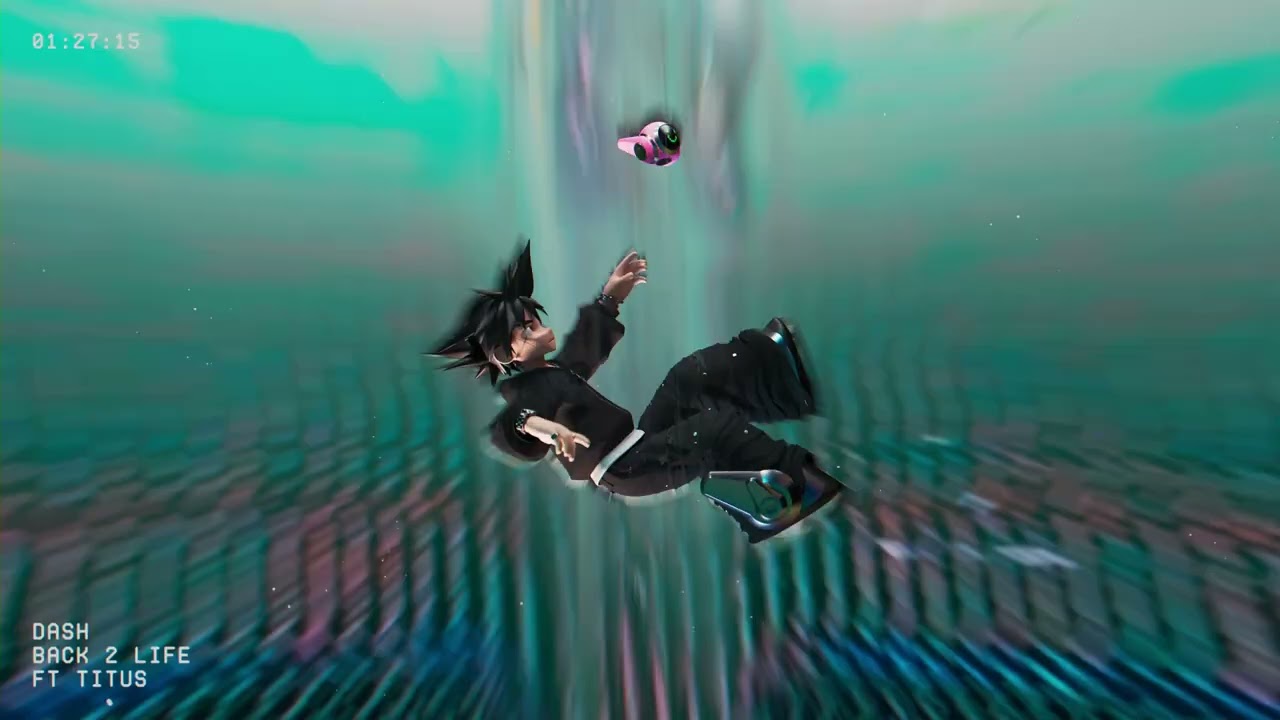"Don't tense up, it's not about strength. You have to be fluid; you have to be like water." This quote may sound familiar to a Bruce Lee fan. Indeed, Lee uttered a similar phrase during a 1971 interview while discussing his practice of Jeet Kune Do. However, the credit belongs to Spike Spiegel, the protagonist of Cowboy Bebop and a devout follower of Lee. Not only does Spike practice martial arts, but also the spirit of Lee flows throughout the series.
Jeet Kune Do translates to "Way of the Intercepting Fist." Lee taught his students that the moment of an attack offers an opportunity to intercept and use it to one's advantage. The best defense is a strong offense and to attack while defending. This requires the student to be aware of their surroundings and react instantly in a natural manner when conflict arises. It is a martial art that practices the form of no form. This means that everyone will have their own unique style, defending in a way that feels natural to them. Jeet Kune Do prizes simplicity, directness and above all, freedom of expression.
Similar to Lee's performance in the TV show Longstreet, Spike is approached by a young man wanting to learn his technique. Spike proceeds to teach the concept of interception. He instructs the man, named Roco, to run toward him with a knife. Spike easily dodges the attack and uses Roco's forward motion against him, causing him to topple over. As Spike explains, "You apply excessive force, I control that force through fluid motion. That means relaxing your whole body so it can react instantly without resistance, without thought." Spike’s technique is simple, direct and formless. He is aware of his opponent and reacts to Roco's movements in the moment.
This style of martial art pairs well with the jazz of the show. In his book Tao of Jeet Kune Do, Lee wrote, "Jeet Kune Do favors formlessness so that it can assume all forms and since Jeet Kune Do has no style, it can fit in with all styles." Bebop is a type of jazz that favors fast tempos and improvisations in the moment of play. It requires the musician to anticipate where the song will go while allowing them the freedom to take it where they want to go. In other words, it's an art form that values freedom of expression.
In addition to celebrating Lee's philosophy, there are several Easter eggs throughout the show. The episode "Stray Dog Strut" has several. Abdul Hakim, the bounty head, strongly resembles Kareem Abdul-Jabbar, whom Lee battles in his posthumous film The Game of Death. While looking for leads on Hakim, Spike swings by an artillery store. He tries to strike up a conversation with the shop’s clerk, who refuses to talk for free. Noticing a pair of nunchucks, Spike says, "Must be the Way of the Dragon model." Impressed, the clerk then shares the information Spike needs. In the Episode "Real Folk Blues, Part One," as Spike peeks out a window, he sees a billboard promoting a Bruce Lee movie.
The series as a whole plays out organically, following the Bebop crew day by day. It follows a basic formula, then veers off course at a moment's notice. Spike reacts to conflict through instinct and impulse, embodying the formlessness of Jeet Kune Do. Cowboy Bebop honors the legacy of Bruce Lee and takes his philosophy to heart, creating something revolutionary.
About The Author

